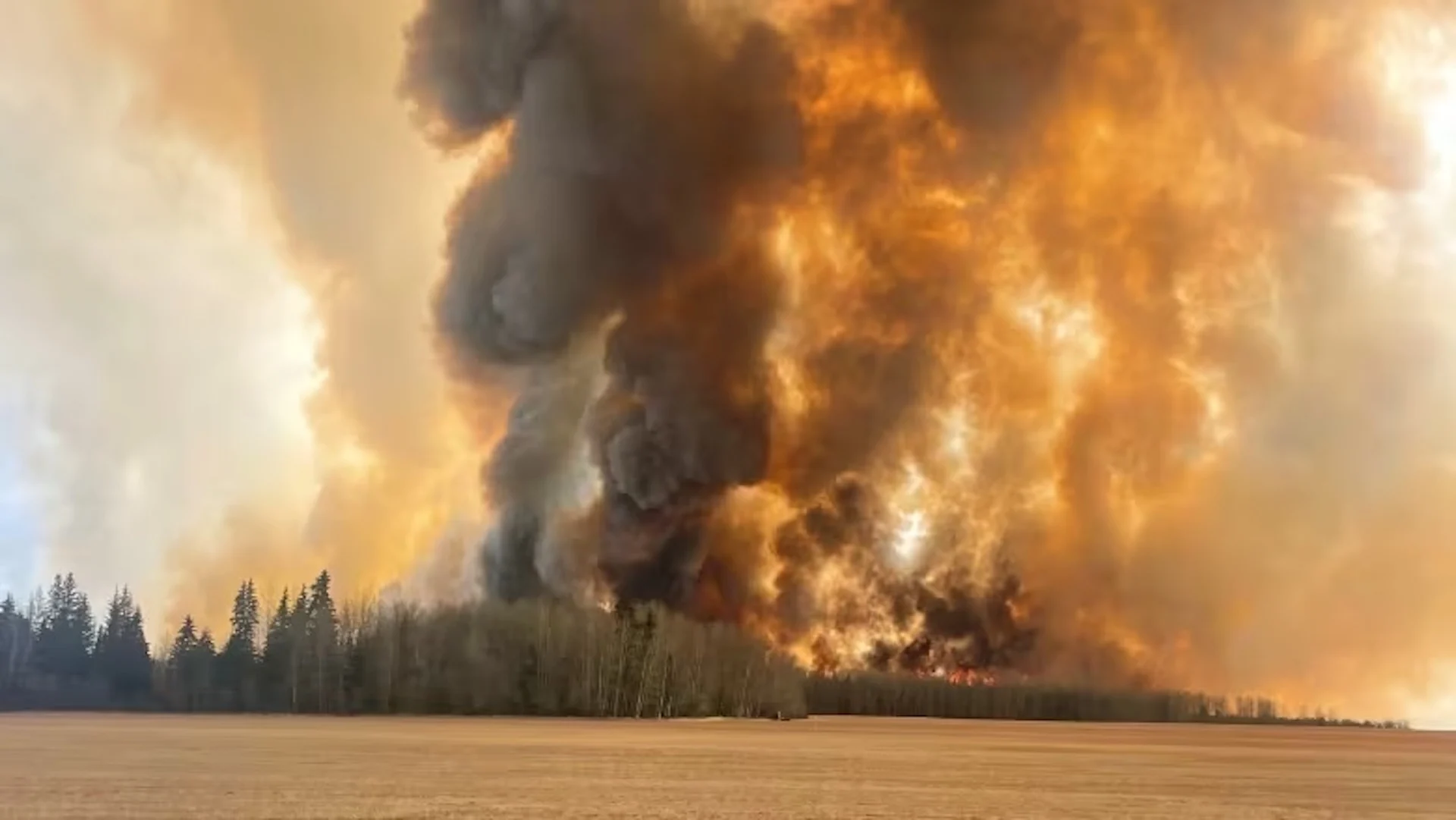
Alberta wildfire crews take advantage of weather break before heat returns
Cooler temperatures have provided a much-needed break to crews fighting Alberta's wildfires, allowing them to prepare for another difficult stretch when the hot weather returns.
"I think the firefighters are certainly getting a better leg up than they had seen in the previous week. I think the challenge is, certainly, we want to avoid burnout," Alberta Wildfire spokesperson Christie Tucker said Wednesday afternoon.
RELATED: Wildfire smoke is on the move, millions in Canada to feel the impacts
"We want to make sure our firefighters are fresh and approaching the fire with just as much vigour as they always do, particularly as we're going into quite a heavy weekend, potentially."
There are 78 wildfires burning across the province, 24 of them out of control. So far this year, there have been 421 wildfires that have burned 410,000 hectares — about double the average area burned in an entire season.
About 17,860 Albertans remain under evacuation orders, according to the Alberta Emergency Management Agency, down from 24,000 on Tuesday.
Dangerous conditions are expected to escalate in the days ahead. Temperatures are forecast to spike dramatically with cloudless skies and temperatures around 30 C expected throughout the weekend in communities across northern Alberta.

Fires illuminate the sky in Harmon Valley, Alberta on May 6 (James Lawrence/supplied)
Evacuation orders are being lifted in some communities where the threat has passed, as many more across the province remain under imminent threat from encroaching flames.
'It is a sleeping giant'
Starting Wednesday morning, residents in some areas of Yellowhead County, including Evansburg, were allowed to return home. But other parts of the county, including the hamlet of Wildwood and Lobstick Resort, are still under mandatory evacuation.
"Residents need to remember that there is still fire activity and other potential safety concerns in some areas," the county said in an advisory to returning residents Tuesday.
In Fox Creek, a town about 260 kilometres northwest of Edmonton, cooler temperatures and reduced wind have allowed fire crews to fortify containment lines but evacuation orders remain in place.
A 21,000-hectare wildfire is burning about six kilometres from the community.
"Don't let the skyline and current clear skies deceive you," the town said in an update to residents.
"This fire is out of control and burns deep into the ground. It is a sleeping giant. The situation can change quickly."
Indigenous communities in Alberta's north are continuing to assess the damages.
Sturgeon Lake Cree Nation, East Prairie Métis Settlement and Fox Lake — a community that is part of Little Red River Cree Nation — are all reporting significant losses.
WATCH: Why wildfires are growing at a rapid rate this spring in Alberta
In an emotional update posted to social media Wednesday, Conroy Sewepagaham, chief of Little Red River Cree Nation, said 85 homes in Fox Lake are now confirmed to have been lost to fire.
He said the total does not account for properties lost to smoke or water damage and he cautioned that the number may increase in the coming weeks.
"Our crisis team and mental wellness team are making their rounds, breaking bad news to people who won't have a home to go to," he said.
Downed power lines and other hazards need to be dealt with before evacuation orders can be lifted, he added.
He's hoping the weather holds.
"You're not going to be feeling lost for that long," he said. "If everything goes and the weather continues to be with us in terms of not helping the fire to flare up ... I'm sure we can be home sooner."
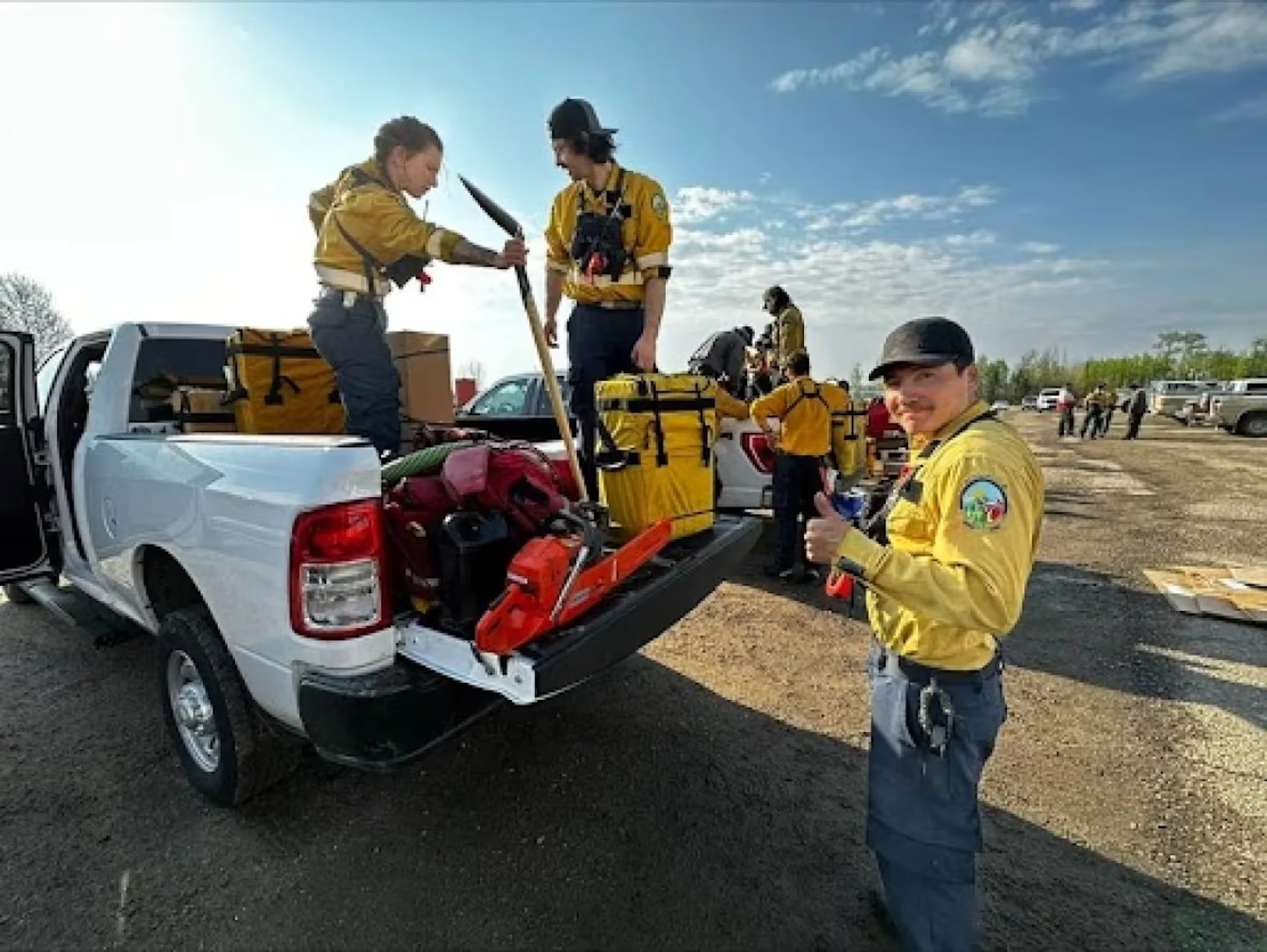
Yukon wildfire crews prepare their trucks Wednesday morning before their first day battling the Pembina wildfire complex in west-central Alberta. (Alberta Wildfire)
Weather a worry
Indigenous Services Minister Patty Hajdu said Wednesday that a total of 150 homes and other community buildings such as elders' facilities and council offices have been lost in the communities, and that 4,000 people remain on evacuation from the areas.
"The communities obviously are very concerned about how members will return and are starting to think about the potential for temporary housing, while more permanent structures are rebuilt," Hajdu said in Ottawa.
The expected change in weather worries Bart Guyon, reeve for Brazeau County in west-central Alberta, who is concerned that progress made by firefighters will be quickly lost.
Fires triggered evacuation orders in the area last week. Four fires burning out of control in the region make up the Pembina wildfire complex. The largest fire, 14 kilometres southeast of Edson, has burned 77,920 hectares. The second largest has burned 64,575 hectares.
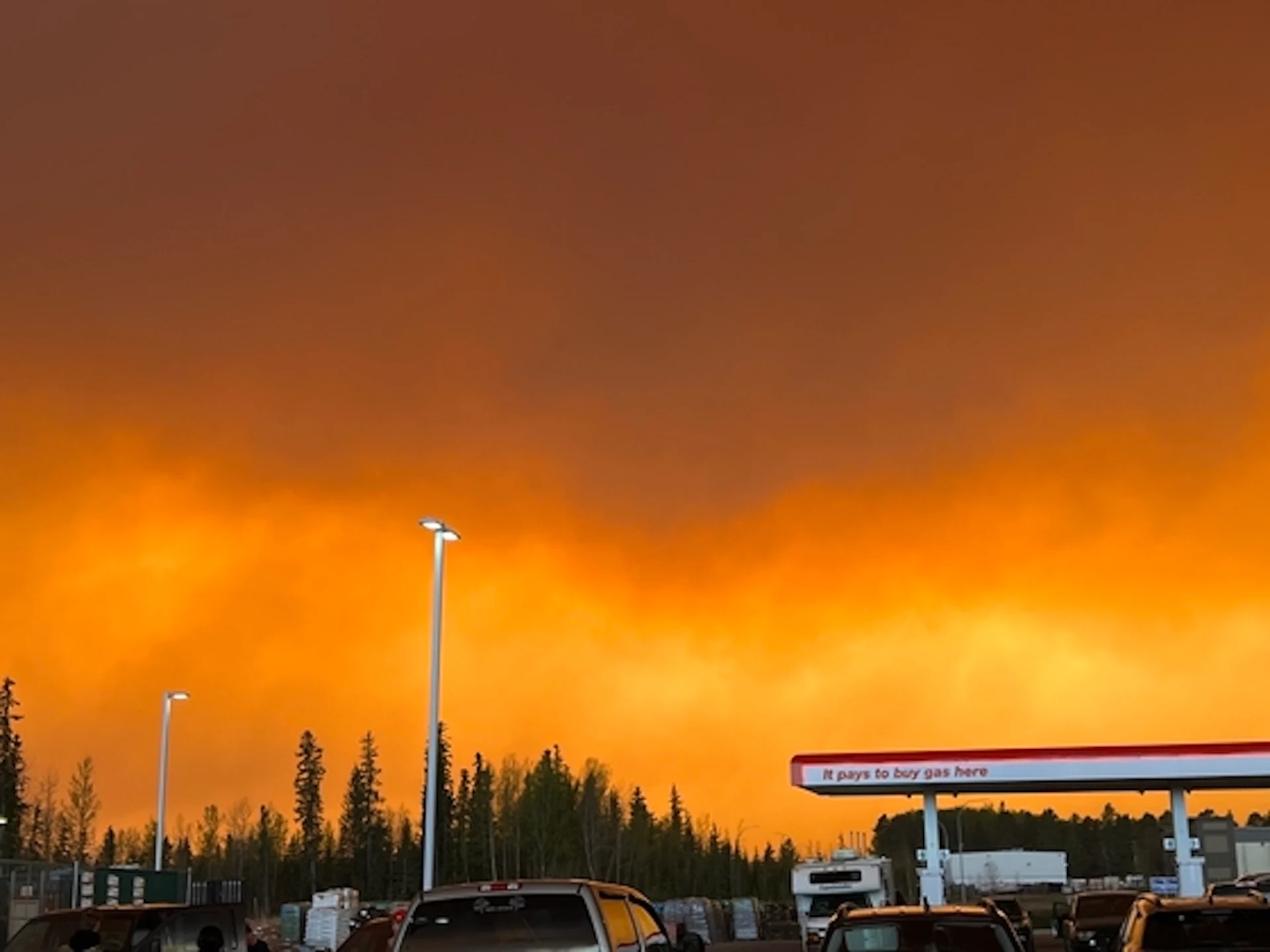
Edson, Alta., wildfire (Brett/Submitted)
Nearly a week after evacuation orders were first issued, conditions remain too unpredictable to allow residents to return.
"We've had a bit of reprieve from the weather," Guyon said. "But two days from now we're back to that uncertain weather and temperatures will be increasing. And if the winds change direction, we could be right back to where we were in the beginning."
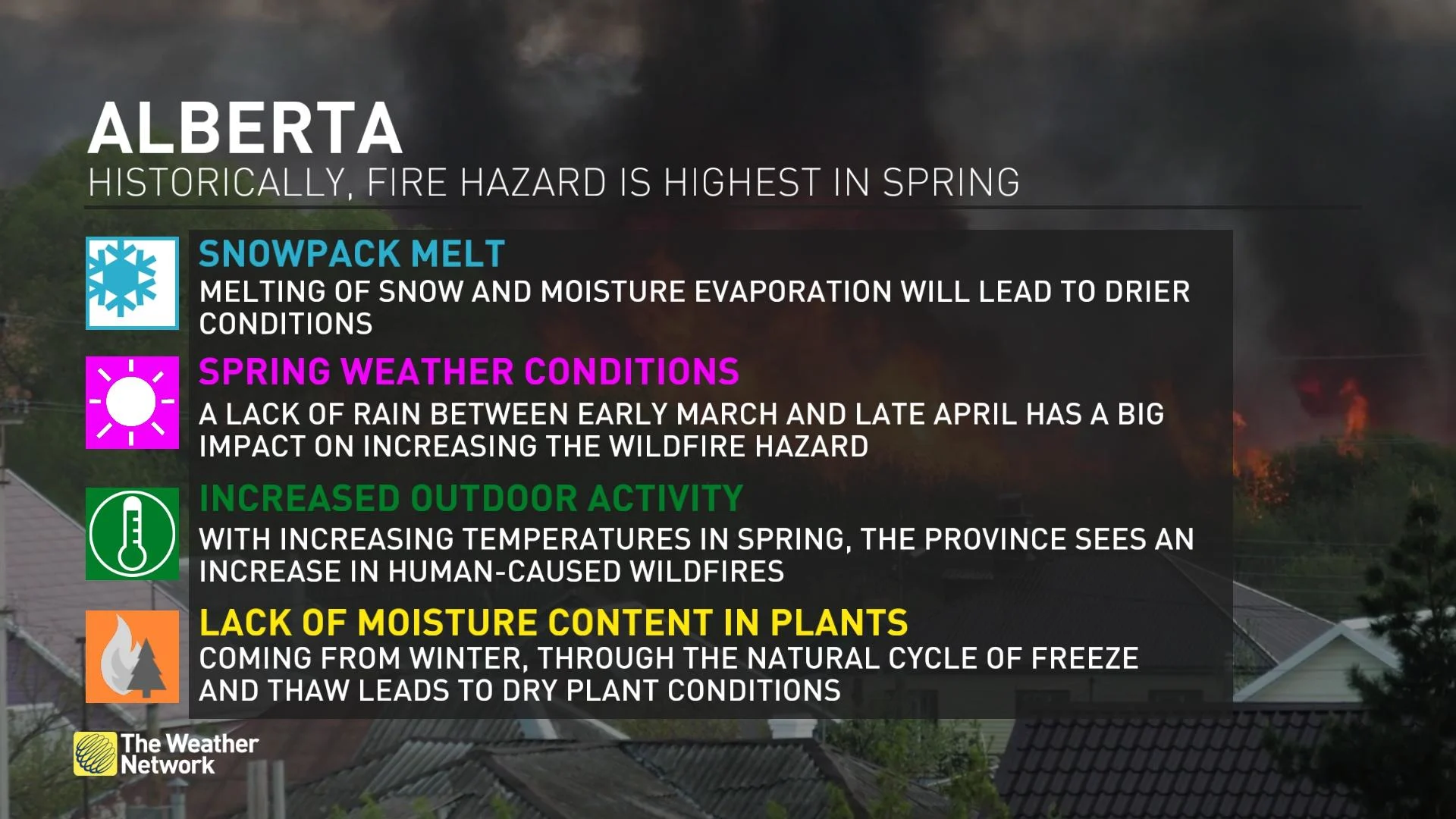
A state of emergency continues in the province and government officials are working to deploy more fire aid.
Firefighters from Yukon, British Columbia, Ontario and Quebec have arrived in Alberta to help, and the government said late Tuesday that crews were also expected from New Brunswick, Oregon and Alaska.
Premier Danielle Smith has said military personnel are to be deployed to prevent looting and maintain order in evacuated communities. Colin Blair, executive director of the Alberta Emergency Management Agency, said the details are still being worked out.
Public Safety Minister Bill Blair told reporters in Ottawa that the Canadian Armed Forces is prepared to provide airlift resources and engineering and construction equipment, but military services to protect evacuated communities shouldn't be on that list.
"We're strongly of the opinion that [this] is primarily a policing responsibility," he said.
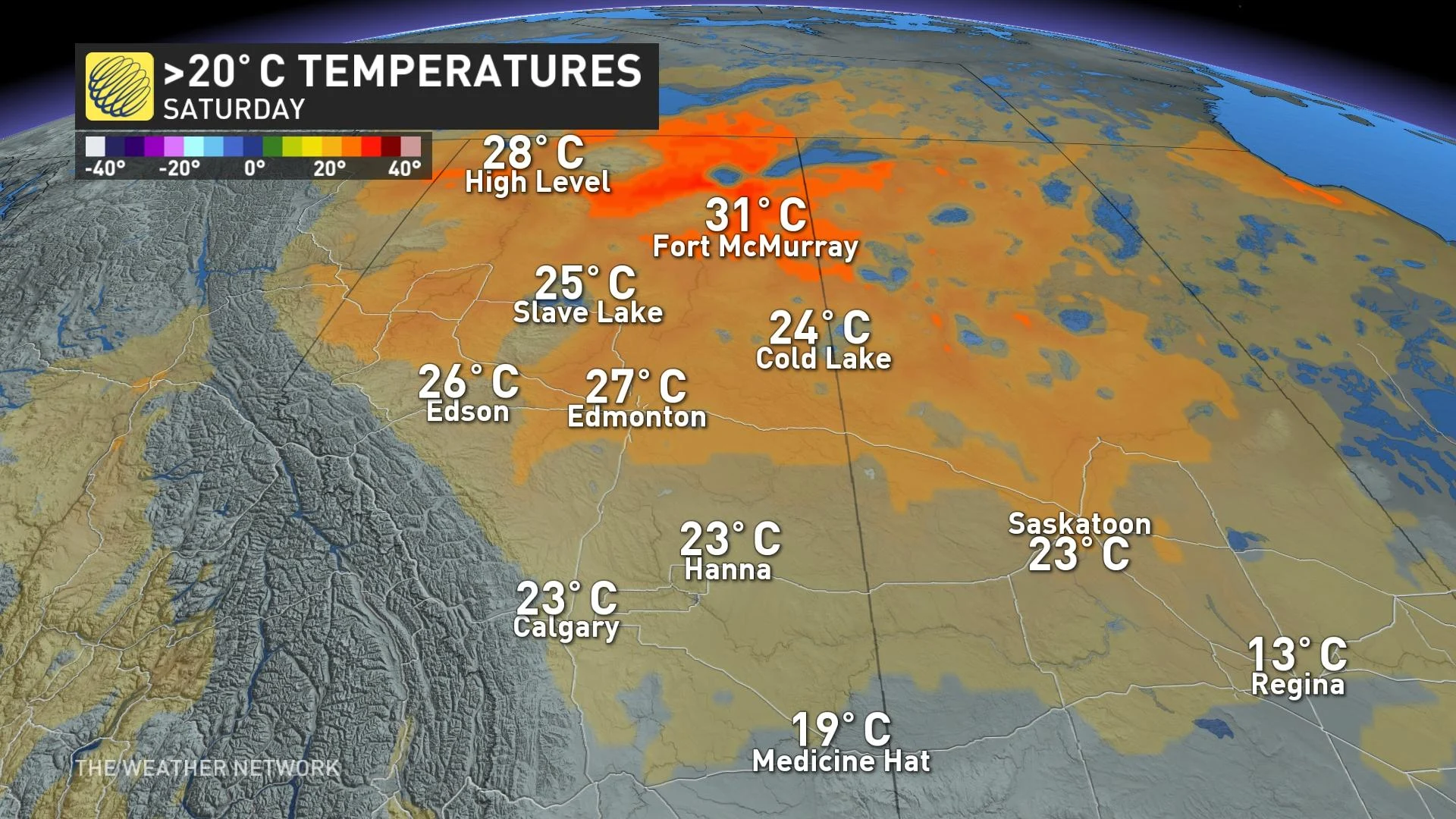
The Municipal District of Greenview in northwestern Alberta is welcoming the additional aid. The region has some of the largest and most aggressive fires, including at least 10 that are threatening to damage homes or infrastructure.
During an update for residents on Wednesday, regional fire Chief Wayne Brown said the crisis has put a strain on local crews who were left to fight some calls without provincial help.
He said cooler temperatures and calmer winds have helped crews, both on the ground and in the air, to tame some of the worst of the fires.
Brown said the county is now working closely with the province, and Alberta Wildfire will soon be establishing a camp in the Debolt area.
The camp will serve as a local base of operations for about 125 firefighters and the deployment of helicopters and heavy equipment, he said.
"The good news, if there's any good news, is that we've had a lull," Brown said. "And that has enabled [Alberta] Forestry to construct, along with our firefighters, fireguards around these particular threats to our community."
WATCH: Family 'shell-shocked' after losing home to wildfires
Thumbnail courtesy of Alexa Jordan via CBC.
The story, written by Wallis Snowdon, was originally published for CBC News.





